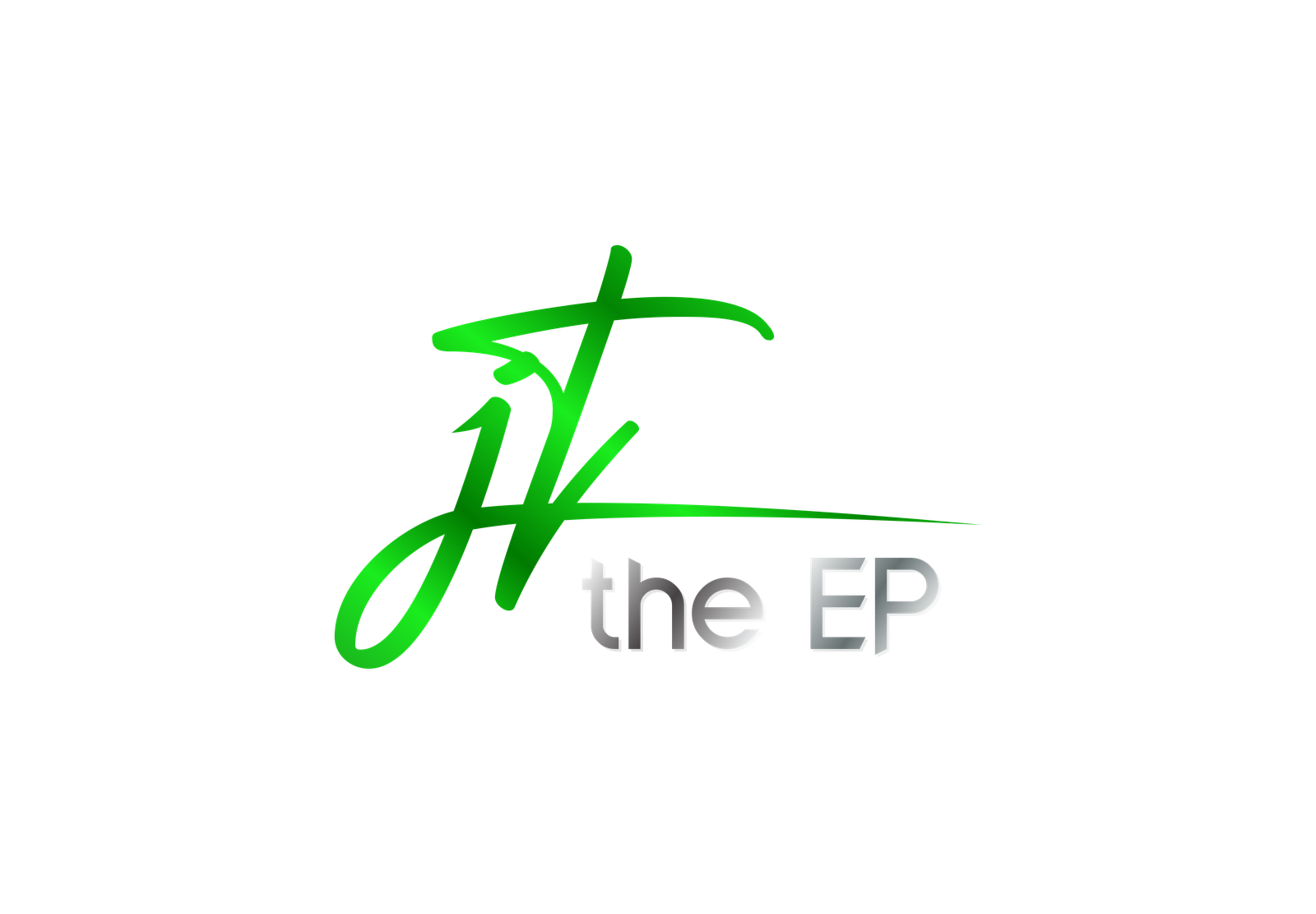Blog
Here’s How to Tell If You Might Have an Ovarian Cyst Like Hailey Bieber

Hailey Bieber is going through a health issue right now. The 28-year-old model shared on her Instagram Stories that she’s currently dealing with two ovarian cysts while flashing a photo of her belly. “If you deal with ovarian cysts, I’m right there with ya!” she added.
This isn’t the first time Bieber has talked openly about her experience with the common gynecologic issue. In 2022, she shared in an Instagram Story that she had an ovarian cyst that was “the size of an apple,” while showing a photo of her bloated stomach.
“I don’t have endometriosis or PCOS, but I have gotten an ovarian cyst a few times and it’s never fun,” she wrote at the time. Bieber also revealed back then that the cyst was “painful” and made her “feel nauseous and bloated and crampy and emotional.”
What’s happening inside your pelvis at any given moment is always a bit of a mystery—obviously you can’t see what’s going on in there without the help of a medical professional. But feeling certain uncomfortable symptoms is clearly a red flag that something is up. So how can you tell if you’re grappling with an ovarian cyst, PMS, or something else? We tapped ob-gyns to learn more.
For starters, ovarian cysts are pretty common.
Ovarian cysts are fluid-filled sacs in the ovary. They commonly form during ovulation, or the time in your monthly cycle when an ovary releases an egg, according to the US Office on Women’s Health (OASH). These cysts are often harmless—meaning they aren’t cancerous and they may not even cause symptoms, so you won’t ever know that one has formed and eventually resolved on its own.
There are a lot of different types of ovarian cysts—the two most common are follicle cysts and corpus luteum cysts. Follicle cysts form when the tiny sac (called a follicle) that houses the maturing egg during your cycle doesn’t break open as usual to release said egg. This leads the follicle to keep growing, forming a larger cyst.
When the follicle breaks open and releases an egg, it usually shrinks into a mass of cells called corpus luteum. A corpus luteum cyst can form when the sac doesn’t shrink and reseals itself after the egg is released, according to the Mayo Clinic. This causes fluid to build up, and the cyst can grow to almost four inches wide. These can be painful and may even bleed.
Other less common cysts include endometriomas, which are caused by endometriosis; dermoids, which form from cells present at birth; and cystadenomas, which fill with fluid and can become large. Polycystic ovary syndrome (PCOS) can also cause cysts to form.
In general, if a cyst grows big enough, it can interfere with the ovary’s blood supply, cause the ovary to twist (known as ovarian torsion), or even rupture…. All of which can cause pain, bleeding, and the other symptoms Bieber describes.
There are a few signs an ovarian cyst could be causing your abdominal pain and bloating.
Again, it’s possible to have an ovarian cyst with no symptoms. But you can also have an ovarian cyst and really feel it. Some can cause a sharp or dull ache in your abdomen or pain when you do certain activities (including having sex), according to the American College of Obstetricians and Gynecologists (ACOG). Larger cysts can twist, causing pain on one side that comes and goes or starts suddenly. If your cyst bleeds or bursts, you can feel a sudden, sharp pain on one side of your pelvis.


:max_bytes(150000):strip_icc()/Drink-Too-Much-Coffee-This-AM-Heres-What-to-Do-This-Afternoon-8d3d6f1c52444f40bb9800086adf2ef5.jpg?w=1300&resize=1300,800&ssl=1)
:max_bytes(150000):strip_icc()/Didnt-Drink-Enough-Water-During-the-Day--Heres-What-You-Can-Do-Tonight-239d7e2fc1224a8ead307cab2cc630a5.jpg?w=1300&resize=1300,800&ssl=1)

:max_bytes(150000):strip_icc()/The-1-Habit-to-Break-for-More-Energy-According-to-a-Dietitian-2000-fe247a877fc841c2869973bf62814248.jpg?w=1300&resize=1300,800&ssl=1)
:quality(85):upscale()/2025/06/10/828/n/1922729/36c204f368487f06ee9156.93132547_.jpg?w=1300&resize=1300,800&ssl=1)



:max_bytes(150000):strip_icc()/How-Much-Water-Should-You-Drink-By-The-Numbers-0ed0041a70f6433d880cb94938af8d48.jpg?w=1300&resize=1300,800&ssl=1)
:max_bytes(150000):strip_icc()/Does-Eating-Local-Honey-Actually-Help-with-Allergies-Heres-What-Experts-Say-258b447e21f849c5bee44c86b86e82fd.jpg?w=1300&resize=1300,800&ssl=1)
:quality(85):upscale()/2025/05/22/930/n/1922729/0c4139fe682f9501072fa5.16095055_.jpg?w=1300&resize=1300,800&ssl=1)